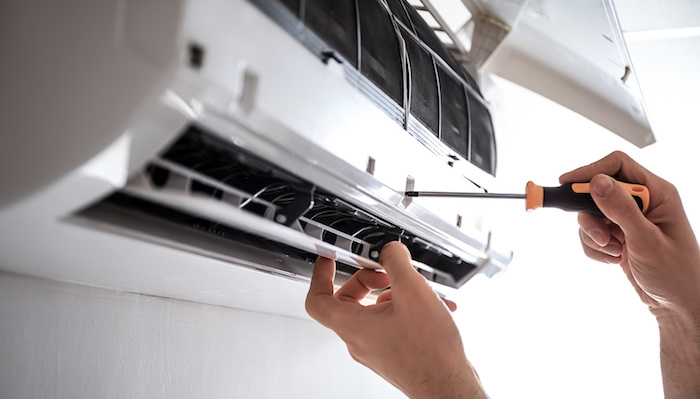
If you want to ensure effective climate control without dealing with complicated ductwork, the best solution is to install a PTAC unit. Unfortunately, the installation process can be a little tricky.
Whether you’re planning to install a new or refurbished PTAC unit, you must be careful with any actions you do to avoid issues in the future. Regardless of your knowledge about PTAC units, below are some of the ways on how to install one properly:
1) Choose the Right Area to Install Your PTAC Unit
No matter where you plan to install your PTAC unit, you have to take note that every location has its unique challenges. If you’re just replacing an existing unit, the only thing that you should do is measure the current unit to find a model that fits in the same space.
If it’s your first time to install a PTAC unit, choose an area on your wall that would allow good appliance operation. For proper airflow and circulation, it’s recommended to have 6–8” of clearance around your unit. However, the correct gauge wire and inside of the unit isn’t what only matters.
If you think you already found the right area to install a PTAC unit, ensure that there’s no obstruction on the outside of the wall. It must not be too close to the bushes, trees, or other objects that might obstruct ventilation.
Wherever you install your PTAC unit, see to it that it has the right output for its intended space size. The reason behind it is that an overpowered unit may lead to serious problems when you’re cooling and heating, and brief bursts of cooling won’t dehumidify a room completely.
For a new installation, you’ll need to cut an accurate opening in the drywall for your unit to fit. Many PTAC units are 42” wide at minimum, but you still need to check the manual to know the exact specifications.
2) Don’t Forget to Check the Power Levels and Outlets
If you’re only replacing another PTAC unit, changing them out could be as simple as unplugging your previous unit and plugging your new unit in. However, it’s a different story if you’re going to install a PTAC unit in a new area because you need to verify that the wiring and outlet can handle the required voltage for the system.
If you’re not knowledgeable about the power levels or outlets, make sure to contact an electrician to deal with the wiring efficiently and safely. Although it may cost an extra expense, it helps you lessen the risk of fire hazards and dangerous electrical conditions.
3) Ensure Stable Installation
When you’re installing a PTAC unit, another tip that you should keep in mind is that you should ensure stable installation, which can help boost your unit’s longevity and performance. To secure your unit, you can frame it with substantial wood studs and use sealants. You can also install a lintel over your PTAC unit to make sure that the weight of the window or wall won’t put undue stress on your unit.
You should not also forget that it’s important to ensure that the unit is properly level. If your unit is slightly angled, excess water might damage your wall. In addition, if you’ll screw your PTAC unit in a wall sleeve, be careful of not puncturing the base pan, which collects condensation—springing a leak might result in expensive water damage.
If you want to ensure that your unit is energy efficient, you must insulate the perimeter when installing your PTAC unit. It may also prevent cold drafts that may affect the temperature of your room.
4) Weather-Seal Your PTAC Unit
Since part of your PTAC unit will be exposed to outside weather, it’s important to ensure that the exterior parts are sealed thoroughly. In many cases, you can use a specialized caulking to create an airtight seal around your unit’s casing—but you must double check the user manual or the manufacturer’s recommendations to see if they provide more tips to weatherproof the unit.
5) Don’t Hesitate to Ask Concerns or Questions to the Unit’s Manufacturer
Prior to purchase, make sure that you ask your concerns or questions regarding the unit’s installation to its manufacturer. They can address all of your concerns and if problems are foreseen, they can point you to the right direction. For instance, if your property isn’t equipped with the required power supply to handle PTAC units, you can easily contact the manufacturer to save money and time. Plus, it may help you maintain your air conditioner properly and keep it running for a long time.
Bottom Line
Installing a PTAC unit may not be easy as it seems, especially if you’re a first timer and you only have basic knowledge about it. However, by following the above tips, you can be assured that you’ll be able to install any PTAC unit properly and securely. Just make sure to contact professionals if in case you’re having trouble with the installation process to avoid any inconvenience in the end.
